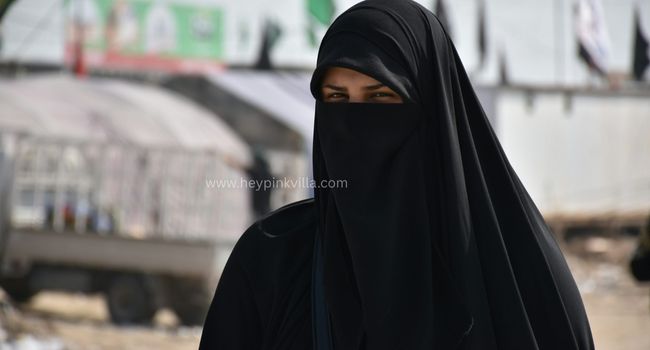The first time I saw someone wearing a burka, I remember being curious about its history and meaning. It wasn’t just clothing—it carried faith, culture, and personal choice. Over the years, I’ve learned that the burka sparks discussions on identity, freedom, and tradition. So, let’s explore it in detail together.
What is a Burka vs Hijab?
So, what is a burka vs hijab? Many people confuse the two. A burka covers the entire body, including the face, with a mesh screen for the eyes. A hijab, on the other hand, is simply a headscarf that covers the hair, neck, and sometimes shoulders, but leaves the face visible.
There are also other forms—like the niqab, which covers the face but leaves the eyes open, and the chador, often worn in Iran. Each reflects different interpretations of modesty and culture within the Muslim world.
When I once asked a friend why she chose a hijab and not a burka, she smiled and said, “It’s about what makes me feel closest to my faith.” That moment showed me how personal such choices can be.
What Age Do Muslims Start Wearing a Burka?
Now, what age do Muslims start wearing a burka? There isn’t a fixed answer. In many communities, girls start with a hijab during adolescence, especially around puberty. Later, some choose the burka as adults if they feel it aligns more deeply with their beliefs.
For others, family or cultural traditions may encourage wearing it earlier or later. It isn’t a one-size-fits-all rule. During a trip, I met a woman who told me she only began wearing the burka in her 30s because she felt spiritually ready. That taught me that the journey is often gradual and personal.
Is it Spelled Burka or Burqa?
Good question—is it spelled burka or burqa? Both are correct. The variation comes from translating the Arabic and Urdu word into English letters. “Burqa” is often used in South Asia, while “burka” is common in Western writing.
Whichever way you spell it, it refers to the same garment. I admit, the first time I wrote about it, I used “burqa,” only to find out later “burka” was more familiar in some places. Both are fine, and context usually makes it clear.
Why is the Burqa Banned?
This brings us to a sensitive question: why is the burqa banned in some countries? Several governments, mainly in Europe, have restricted face coverings in public spaces. The reasons often cited are security, cultural integration, or women’s rights.
However, bans have sparked criticism. Some argue they limit women’s freedom to choose their clothing. Others believe they help social inclusion. Personally, I feel bans oversimplify a complex issue. When I spoke with friends who wear it by choice, they felt such restrictions misunderstood their faith and identity.
The debate teaches us that the burka is not just cloth. It’s tied to belief, politics, and global discussions on freedom.
The Burka in Daily Life
For many women, the burkas represents modesty and dignity. It provides privacy, respect, and a shield from unwanted attention. For others, it may carry cultural or family tradition more than personal decision.
When I once borrowed a burkas to better understand it, I realized how differently people might experience the world in it. Walking felt slower, and communication relied more on words than expressions. It gave me insight into the strength it takes to live by faith and tradition in a world that often judges appearances.
Final Thoughts
The burka is more than a garment. It symbolizes faith, modesty, and sometimes cultural expectations. While debates about it continue—whether about spelling, age, or even bans—it remains deeply personal for those who wear it.
Next time you see someone in a burkas, think beyond the fabric. Behind it is an individual, a choice, and often, a story connected to faith, culture, and identity. And if you’ve ever wondered what is a burkas vs hijab, or why is the burqa banned, remember: the answers are layered, just like history itself.
